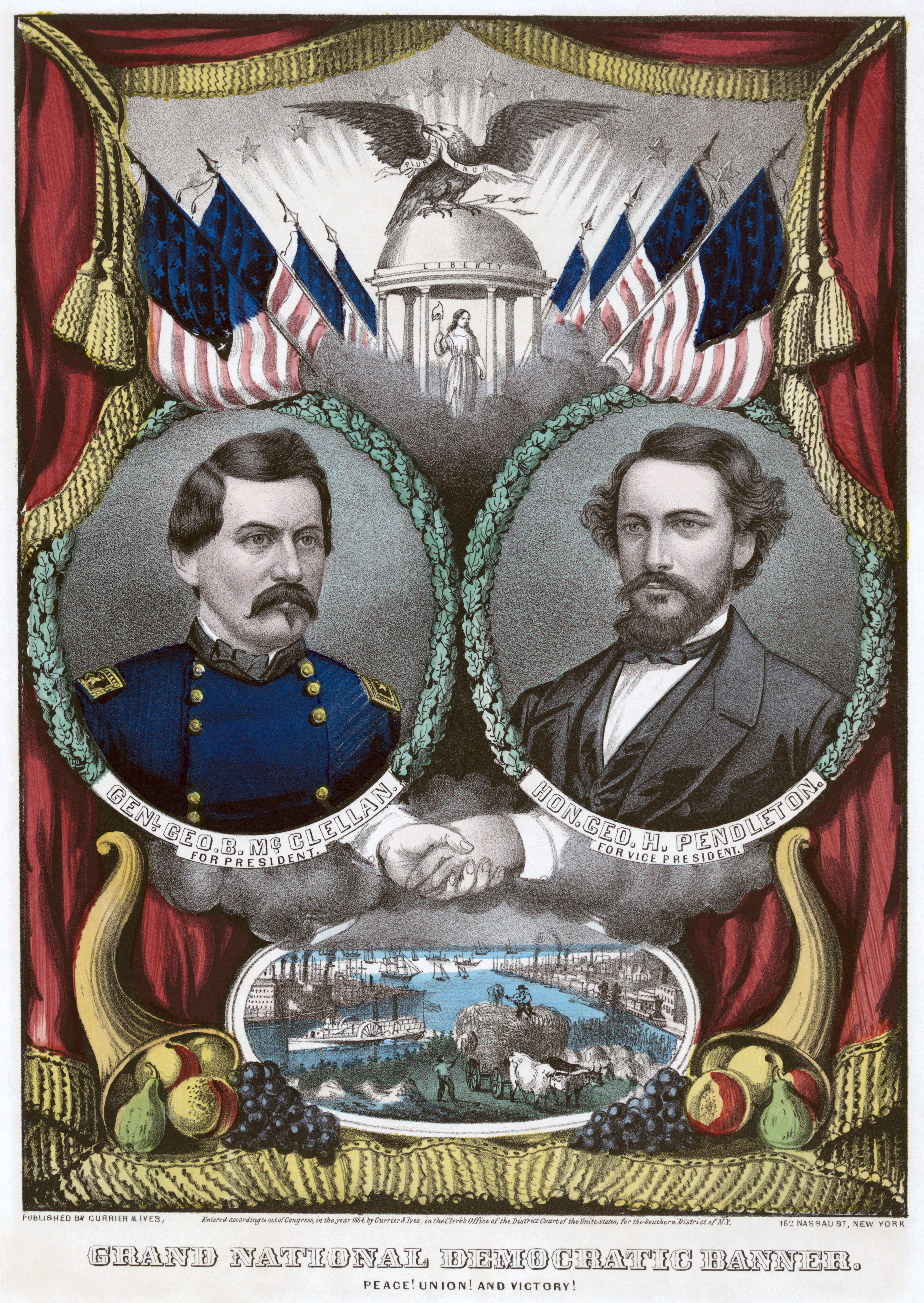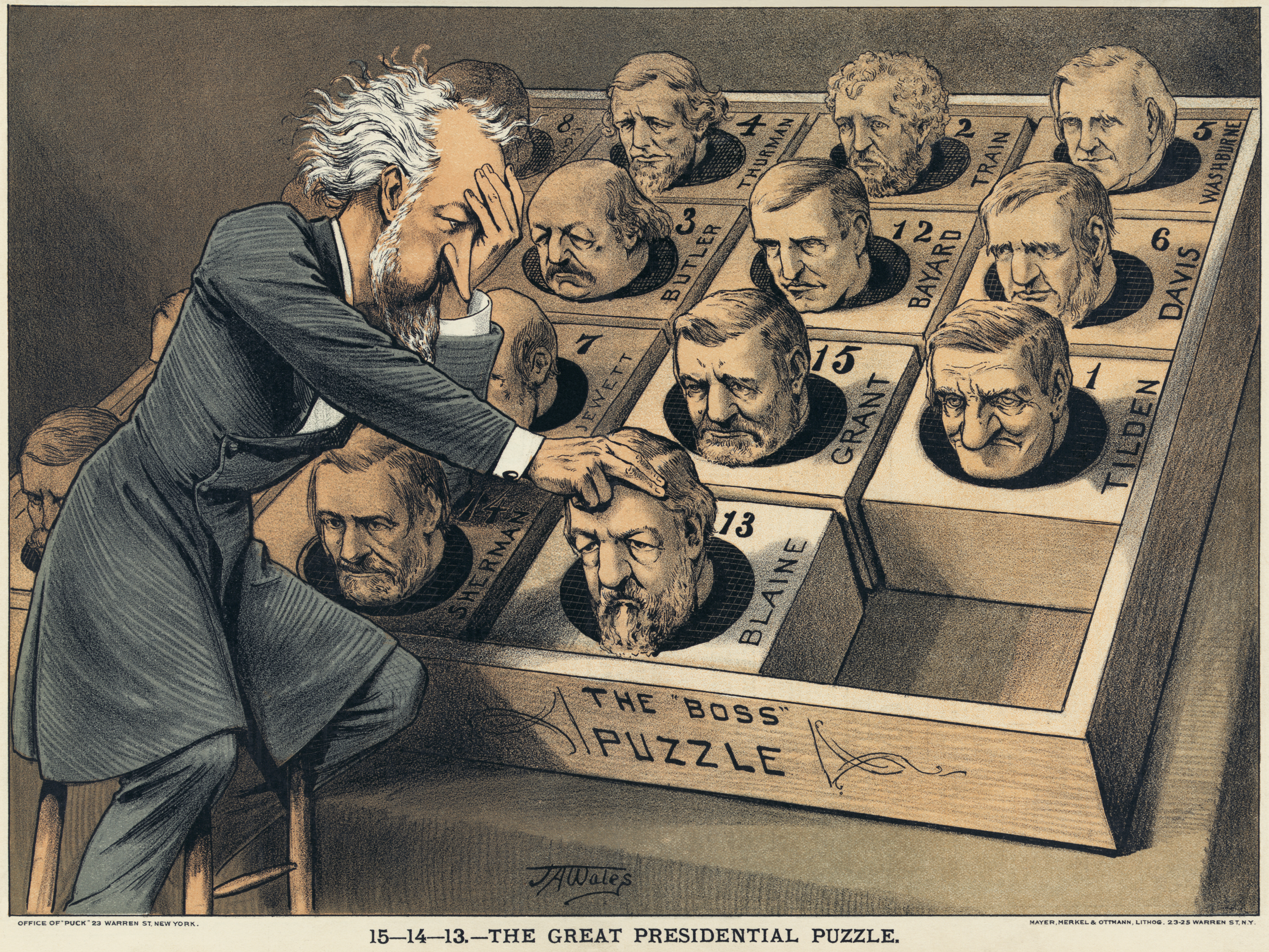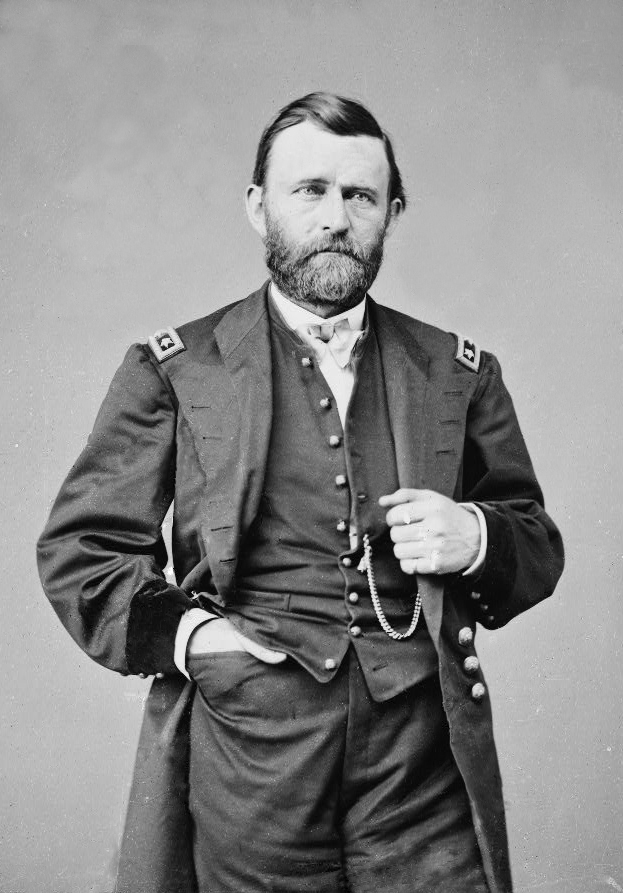|
1984 Democratic National Convention
The 1984 Democratic National Convention was held at the Moscone Center in San Francisco, California from July 16 to July 19, 1984, to select candidates for the 1984 United States presidential election. Former Vice President Walter Mondale was nominated for president and Representative Geraldine Ferraro of New York was nominated for vice president. Ferraro became the first woman to be nominated by either major party for the presidency or vice presidency. In another first, the 1984 Democratic Convention was chaired by the female governor of Kentucky, Martha Layne Collins. The Democratic National Committee Chairman at the time, Charles T. Manatt, led the convention. Site selection Party officials told cities interested in hosting the convention that they needed to provide at least 250,000 work space, a convention hall seating 20,000, 20,000 high-quality hotel rooms, and a $2.5 million financial commitment (to fund the staging of the convention hall, housing of staff, security, t ... [...More Info...] [...Related Items...] OR: [Wikipedia] [Google] [Baidu] |
Moscone Center
The George R. Moscone Convention Center (pronounced ), popularly known as the Moscone Center, is the largest convention and exhibition complex in San Francisco, California. The complex consists of three main halls spread out across three blocks and in the South of Market neighborhood. The convention center originally opened in 1981. It is named after San Francisco former mayor George Moscone, who was assassinated in November 1978. History The South of Market Area where Moscone Center was built was claimed by the San Francisco Redevelopment Agency, and a protracted battle was fought by the displaced low-income residents during the 1960s and 1970s. Although the center is named after the murdered mayor, Moscone initially opposed the development of the area when he served on the SF Board of Supervisors in the 1960s because he felt it would displace elderly and poor residents of the area. As mayor, Moscone convened a special committee of proponents and opponents of a convention ... [...More Info...] [...Related Items...] OR: [Wikipedia] [Google] [Baidu] |
1864 Democratic National Convention
The 1864 Democratic National Convention was held at The Amphitheatre in Chicago, Illinois. The Convention nominated Major General George B. McClellan from New Jersey for president, and Representative George H. Pendleton of Ohio for vice president. McClellan, age 37 at the time of the convention, and Pendleton, age 39, are the youngest major party presidential ticket ever nominated in the United States. Background The Democratic Party was bitterly split over the American Civil War between the War Democrats and the Peace Democrats. Also making matters complicated were the factions that existed among the Peace Democrats. For much of the war they had been dominated by the Copperheads, led by Clement Vallandigham. The Copperheads declared the war to be a failure and favored an immediate end to hostilities without securing Union victory, either via re-admitting all the Confederate states with slavery intact and legally protected, or by formally recognizing the Confederacy as a sov ... [...More Info...] [...Related Items...] OR: [Wikipedia] [Google] [Baidu] |
1884 Republican National Convention
The 1884 Republican National Convention was a presidential nominating convention held at the Exposition Hall in Chicago, Illinois, on June 3–6, 1884. It resulted in the nomination of former House Speaker James G. Blaine from Maine for president and Senator John A. Logan of Illinois for vice president. The ticket lost in the election of 1884 to Democrats Grover Cleveland and Thomas A. Hendricks. In attendance were 1600 delegates and alternates and 6000 spectators. There were 820 official delegates; 411 votes were needed to win the nomination. The incumbent president, Chester A. Arthur, was not a serious contender due to ill health. Blaine was the favorite going in, but there was a possibility that President Arthur could build a coalition with smaller candidates such as George F. Edmunds. There were also rumors that members of the party would bolt if Blaine won the nomination. Neither Blaine nor Arthur were in attendance. Blaine was at his home in Augusta, Maine, and Arthur fo ... [...More Info...] [...Related Items...] OR: [Wikipedia] [Google] [Baidu] |
1880 Republican National Convention
The 1880 Republican National Convention convened from June 2 to June 8, 1880, at the Interstate Exposition Building in Chicago, Illinois, United States. Delegates nominated James A. Garfield of Ohio and Chester A. Arthur of New York as the official Republican Party candidates for president and vice president in the 1880 presidential election. Of the 14 men in contention for the Republican nomination, the three strongest leading up to the convention were Ulysses S. Grant, James G. Blaine, and John Sherman. Grant had served two terms as president from 1869 to 1877, and was seeking an unprecedented third term in office. He was backed by the Stalwart faction of the Republican Party, which supported political machines and patronage. Blaine was a senator and former representative from Maine who was backed by the Half-Breed faction of the Republican Party. Sherman, the brother of Civil War General William Tecumseh Sherman, was serving as Secretary of the Treasury under President R ... [...More Info...] [...Related Items...] OR: [Wikipedia] [Google] [Baidu] |
1868 Republican National Convention
The 1868 Republican National Convention of the Republican Party (United States), Republican Party of the United States was held in Crosby's Opera House, Chicago, Illinois, Chicago, Cook County, Illinois, on May 20 to May 21, 1868. Ulysses S. Grant won the election and became the 18th president of the united states. Commanding General of the U.S. Army Ulysses S. Grant was the unanimous choice of the Republicans for President of the United States, president. At the convention he was unopposed and chosen by acclamation on the first ballot. For Vice President of the United States, vice president the delegates chose Speaker of the United States House of Representatives, Speaker Schuyler Colfax, who was Grant's choice. In Grant's acceptance telegram, a letter to then President of the Republican National Convention Joseph R. Hawley, Grant said "Let us have peace", which captured the imagination of the American people. Presidential candidates Withdrew before convention File:Samuel ... [...More Info...] [...Related Items...] OR: [Wikipedia] [Google] [Baidu] |
1860 Republican National Convention
The 1860 Republican National Convention was a presidential nominating convention that met May 16-18 in Chicago, Illinois. It was held to nominate the Republican Party's candidates for president and vice president in the 1860 election. The convention selected former representative Abraham Lincoln of Illinois for president and Senator Hannibal Hamlin of Maine for vice president. Entering the 1860 convention, Senator William H. Seward of New York was generally regarded as the front-runner, but Lincoln, Governor Salmon P. Chase of Ohio, former representative Edward Bates of Missouri, and Senator Simon Cameron of Pennsylvania all commanded support from a significant share of delegates. Seward led on the first ballot but fell short of a majority, while Lincoln finished in a strong second place. Cameron's delegates shifted to Lincoln on the second ballot, leaving Lincoln essentially tied with Seward. Lincoln clinched the nomination on the third ballot after consolidating support from mo ... [...More Info...] [...Related Items...] OR: [Wikipedia] [Google] [Baidu] |
1968 Democratic National Convention
The 1968 Democratic National Convention was held August 26–29 at the International Amphitheatre in Chicago, Illinois, United States. Earlier that year incumbent President Lyndon B. Johnson had announced he would not seek reelection, thus making the purpose of the convention to select a new presidential nominee for the Democratic Party. The keynote speaker was Senator Daniel Inouye of Hawaii. Vice President Hubert Humphrey and Senator Edmund Muskie of Maine were nominated for president and vice president, respectively. The most contentious issues of the convention were the continuing American military involvement in the Vietnam War and voting reform, particularly expanding the right to vote for draft-age soldiers (age 18) who were unable to vote as the voting age was 21. The convention also marked a turning point where previously idle groups such as youth and minorities became more involved in politics and voting. The convention of 1968 was held during a year of riots, poli ... [...More Info...] [...Related Items...] OR: [Wikipedia] [Google] [Baidu] |
1956 Democratic National Convention
The 1956 Democratic National Convention nominated former Governor Adlai Stevenson of Illinois for president and Senator Estes Kefauver of Tennessee for vice president. It was held in the International Amphitheatre on the South Side of Chicago, Illinois August 13–August 17, 1956. Unsuccessful candidates for the presidential nomination included Governor W. Averell Harriman of New York, Senator Lyndon B. Johnson of Texas, and Senator Stuart Symington of Missouri. As the unsuccessful 1952 Democratic Party presidential nominee, Stevenson had the highest stature of the active candidates and was easily renominated on the first ballot. Former President Harry S. Truman, whose support for Stevenson in '52 helped secure him the nomination, was opposed to his renomination in 1956, instead favoring Harriman. It did no good, as Truman was no longer a sitting President, and Stevenson was nominated on the first ballot. After Stevenson decided not to reselect his 1952 running mate ... [...More Info...] [...Related Items...] OR: [Wikipedia] [Google] [Baidu] |
1952 Democratic National Convention
The 1952 Democratic National Convention was held at the International Amphitheatre in Chicago, Illinois from July 21 to July 26, 1952, which was the same arena the Republicans had gathered in a few weeks earlier for their national convention from July 7 to July 11, 1952. Four major candidates sought the presidential nomination: U.S. Senator Estes Kefauver of Tennessee, Governor Adlai Stevenson II of Illinois, Senator Richard Russell of Georgia and Averell Harriman of New York. Preparation In 1952, the popularity of television was on the rise with 37% of American households owning televisions. As such, both Republican and Democratic party leaders recognized the rising importance of television and the impact it would have on the political process. Presidential campaigns bought paid advertisements on television, and they placed much energy into the organization of their respective nominating conventions in Chicago during July 1952. This was good foresight, as the average Amer ... [...More Info...] [...Related Items...] OR: [Wikipedia] [Google] [Baidu] |
1944 Democratic National Convention
The 1944 Democratic National Convention was held at the Chicago Stadium in Chicago, Illinois from July 19 to July 21, 1944. The convention resulted in the nomination of President Franklin D. Roosevelt for an unprecedented fourth term. Senator Harry S. Truman of Missouri was nominated for vice president. Including Roosevelt's nomination for the vice-presidency in 1920, it was the fifth time Roosevelt had been nominated on a national ticket. The keynote address was given by Governor Robert S. Kerr of Oklahoma, in which he "gave tribute to Roosevelt's war leadership and new deal policies." Presidential nomination Candidates Image:1944_portrait_of_FDR_(1)(small).jpg, Image:Harry F. Byrd (cropped).jpg, Unlike the previous convention, President Roosevelt faced no serious opposition for a fourth term, with the country's active involvement in World War II and the consequent need for stable leadership considered a more pressing issue than any concerns about his remaining in o ... [...More Info...] [...Related Items...] OR: [Wikipedia] [Google] [Baidu] |
1940 Democratic National Convention
The 1940 Democratic National Convention was held at the Chicago Stadium in Chicago, Illinois from July 15 to July 18, 1940. The convention resulted in the nomination of President Franklin D. Roosevelt for an unprecedented third term. Secretary of Agriculture Henry A. Wallace from Iowa was nominated for vice president. Despite the unprecedented bid for a third term, Roosevelt was nominated on the first ballot. Roosevelt's most formidable challengers were his former campaign manager James Farley and Vice President John Nance Garner. Both had sought the nomination for the presidency and soundly lost to Roosevelt who would be "drafted" at the convention. Henry Wallace was Roosevelt's preferred choice for the vice presidency. His candidacy was opposed vehemently by some delegates, particularly the conservative wing of the party which had been unenthusiastic about Wallace's liberal positions. Nonetheless, Wallace was ultimately nominated with the votes of 59% of the delegates, on th ... [...More Info...] [...Related Items...] OR: [Wikipedia] [Google] [Baidu] |
1932 Democratic National Convention
The 1932 Democratic National Convention was held in Chicago, Illinois June 27 – July 2, 1932. The convention resulted in the nomination of Governor Franklin D. Roosevelt of New York for president and Speaker of the House John N. Garner from Texas for vice president. Beulah Rebecca Hooks Hannah Tingley was a member of the Democratic National Committee and Chair of the Democratic Party of Florida. She seconded the nomination of Franklin Delano Roosevelt, becoming the second woman to address a Democratic National Convention. The candidates The three major candidates: Convention The three major contenders for the presidential nomination were Roosevelt, Garner and former Governor of New York and 1928 presidential candidate, Al Smith, who roughly represented three competing factions of the Democratic Party: Smith was supported by the Tammany Hall machine in New York City, and had many supporters in the Democratic National Committee, as well as in Chicago, where Chicago mayor A ... [...More Info...] [...Related Items...] OR: [Wikipedia] [Google] [Baidu] |






.jpg)
.jpg)

